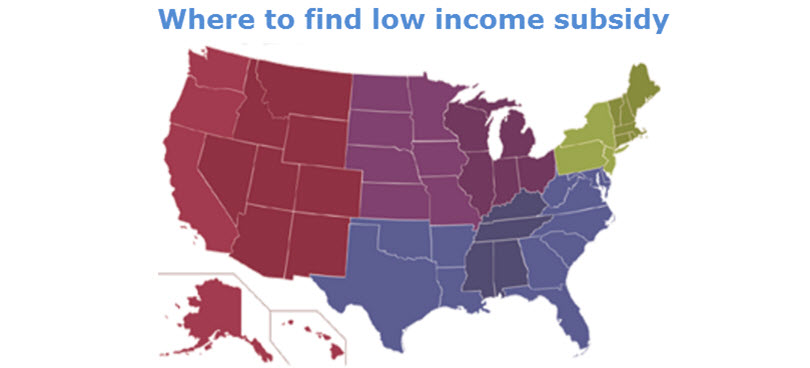Low Income Subsidy – Where to Look
If you are struggling financially and need assistance – A subsidy can help!
Subsidies are tax credits or financial reductions for different living expenses and are provided by the government to help reduce some of the financial pressures many face. There are a number of subsidies available for low income earners throughout the country. These include subsidies for childcare, home ownership, health insurance, utility bills and more.
Below are a few of the more popular subsidy programs.
Childcare Subsidies
If you are working and have children, providing childcare can be a budget killer. The federal government provides aid to working low income families by offering funds to state governments; sponsoring the Child Care and Development Fund (CCDF).
To qualify for this assistance you need to be below the median income in your area. Most states provide a childcare subsidy on a sliding scale, so those in the very low income bracket often receive this help absolutely free. Those with incomes above the median can still qualify for the subsidy; they will just receive a smaller reduction or benefit.
To receive this assistance you need to reach out to your local state agency that administers the aid - found here. Simply look up your home state and find the agency to contact for childcare subsidies.
Health Insurance Subsidies
If you did not already know about the Affordable Care Act (ACA) or Obamacare as it is colloquially named - it requires all Americans to carry health insurance. In 2016 if you do not carry health insurance you can face penalties. For those with low incomes, this health insurance is provided through the Marketplace Insurance Plan, which those that are already receiving Medicare would already qualify for subsidized health insurance.
If you are on Medicaid or CHIP programs, you may qualify for further discounts or subsidies for extra coverage under the new ACA plans. Again, for those in very low income brackets this coverage could be free, and those in a low income bracket may pay a very nominal monthly fee for basic health care coverage under the plan.
If you are in the “gap” where you do not qualify for Medicaid but private insurance is too expensive both the MIP and CHIP programs may be able to provide a much cheaper alternative in the form of government tax credits and direct premium subsidies.
First Time Home Buyer Subsidies
Those on a low income may feel like the dream of home ownership is out of reach; yet with certain federal subsidies this may not be the case. The Federal Housing Administration (FHA) offers government-backed mortgages to those that qualify with only a 3.5% down payment, lowering the entry fee from 20% needed by conventional mortgages.
The same federal department oversees a number of programs that help with down payment subsidies and grants including the HOME program and the Community Development Block Grant. In addition, organizations like Habitat for Humanity that are in part funded by the government offer a differ path to home ownership through sweat equity. Essentially you help build homes and people will help you build your home – Swapping labor for payment.
Other popular subsidies for low income families include:
Rental help – There are numerous non-profit and government assistance programs to help with monthly energy bills, including gas and electricity.
Student meals & family groceries – There are numerous programs to ensure kids and families throughout the country get help with food. This can range from discounted to free breakfast and lunch for students to monthly grocery hampers for families in need.
Kids school supplies – A great expense for any family with children are those that are tied school supplies. There are numerous costs throughout the year in terms of education - Computers, calculators, binders, pencils, pens, backpacks, etc.
Learn more about additional financial help options in our loans, grants and benefits section along with our section for helping pay bills.

